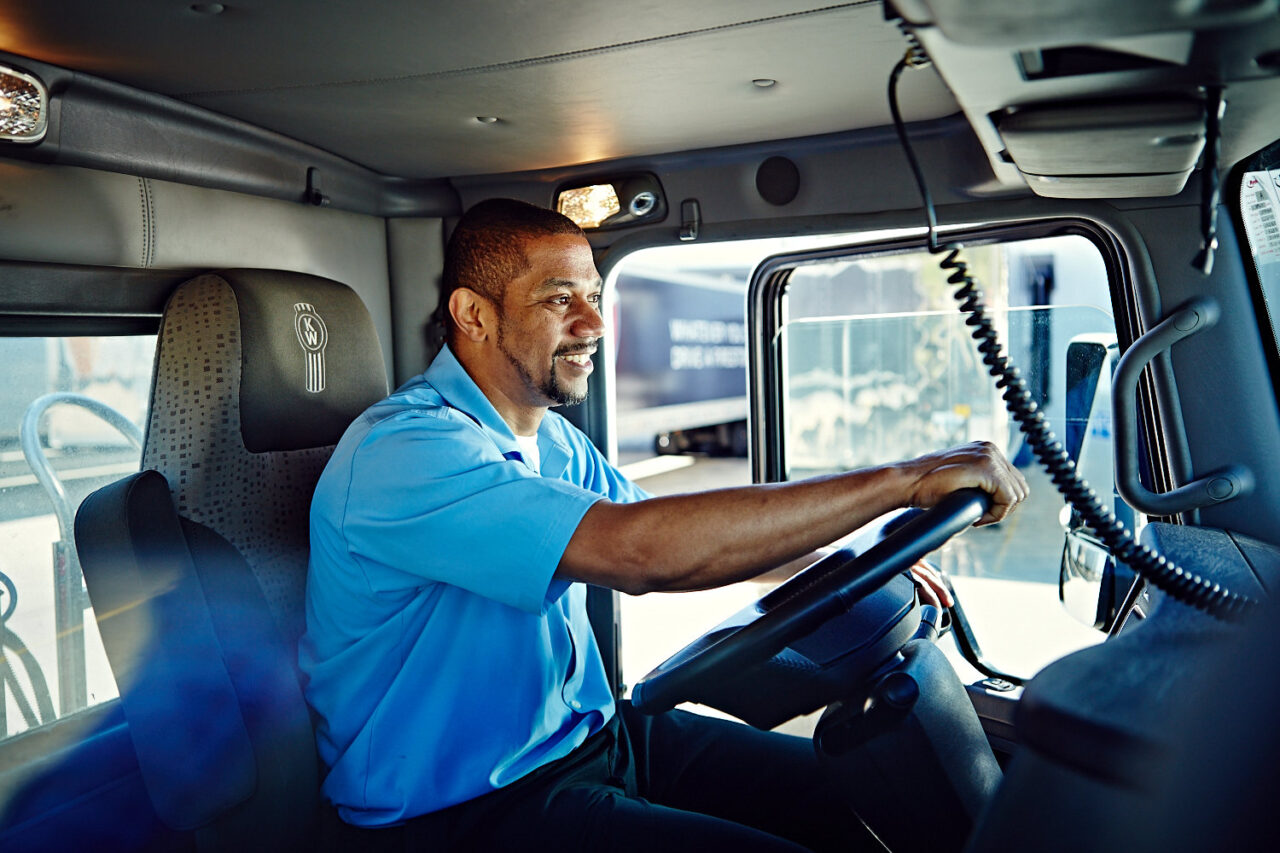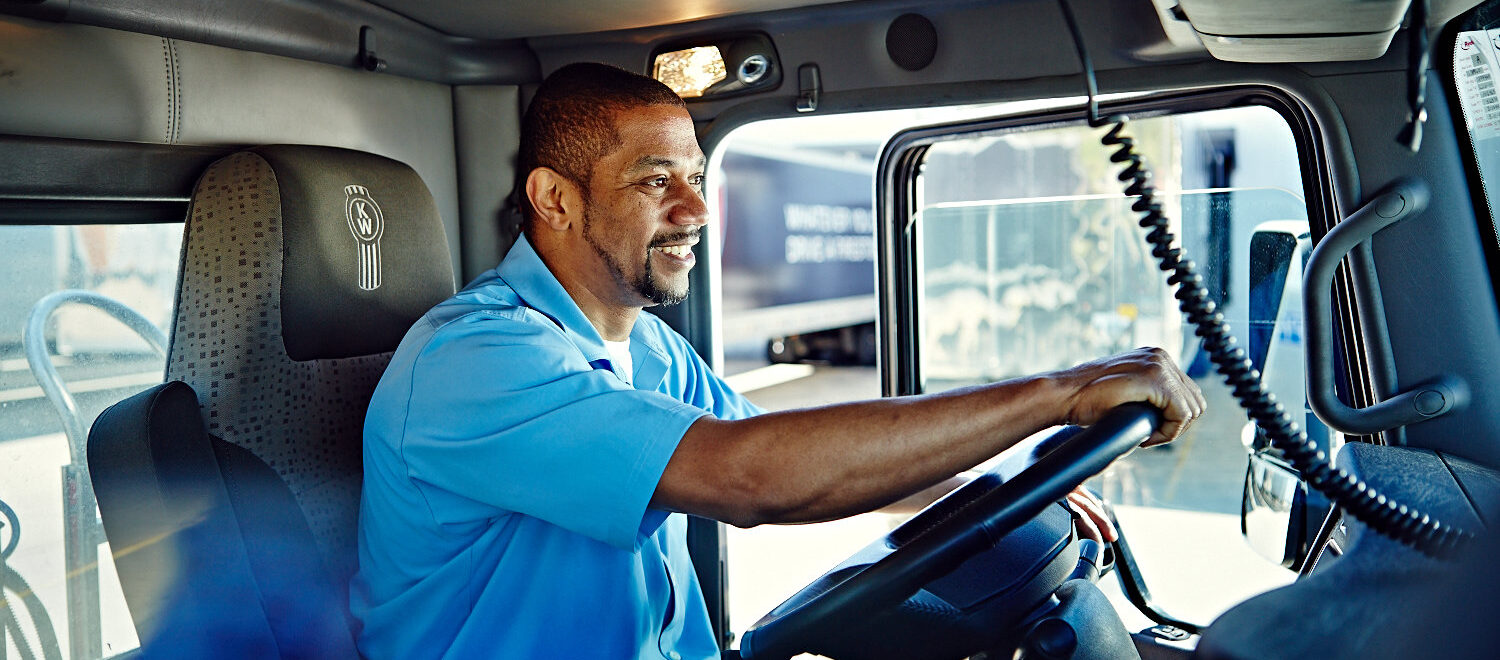As part of the Commercial Vehicle Safety Alliance’s (CVSA) Operation Safe Driver Week, drivers may see a heavier law enforcement presence on the road July 9-15.
This week is dedicated to making the roadways safer by targeting high-risk driving behaviors. According to CVSA, law enforcement will be monitoring commercial and passenger vehicle drivers who may be “engaging in risky driving.” Unsafe drivers will be pulled over and issued a citation or warning.
CPC Senior Operations and Safety Manager Isaac Harmon provides tips on some of the behaviors law enforcement will focus on and how truck drivers should prepare for any traffic stops.

Speeding
Most roadside inspections are triggered by observed driver behavior. The easiest behavior to spot is speeding. Speeding is the top cause for roadway fatalities and accidents. Most drivers do not account for the increased stopping distance their vehicles require at higher speeds or the high amount of centrifugal force on their trailer going around curves. To remain safe and protect others around you:
- Be aware of signage on your route that indicates speed limits and changes in limits.
- Posted speeds limits are calibrated for small personal vehicles, not large commercial vehicles. Reduce your speed around curves by an additional 5 to 10 miles per hour.
- Maintain a four- to six-second following distance between you and the vehicle in front. According to the Federal Motor Carrier Safety Administration, a fully-loaded tractor trailer will take 525 feet to stop at a speed of 65 miles per hour in normal weather conditions.
- Stay vigilant and maintain control of your vehicle. It is you who has responsibility and ultimate control over your speed.
- Follow company policies. These policies are guided by key industry insights and standards and will keep you in good standing on the road.

Intersection and Traffic Control Devices
Drivers who maintain awareness and use caution when approaching traffic lights or proceeding through intersections are less likely to be stopped by law enforcement or involved in an accident. Drivers who are not alert when approaching intersections will make quick reactions and decisions that put them at serious risk of causing an accident. Hard braking or running through a stop signal happens when drivers are not paying attention to traffic control devices. Remaining vigilant is key. Read this FACT Notice about traffic signals for a comprehensive list of best practices.
Avoid rolling through stop signs. Stop signs are strategically placed in areas where cars and pedestrians share space. They are also designed to mitigate against a lack of visibility of oncoming traffic. Crashes that result from incomplete stops are some of the most dangerous. Don’t let yourself be in too much of a hurry or get in the habit of passing stop signs without making a complete stop. This can result in a traffic stop or citation. Learn more in this FACT Notice.
Distracted Driving
Distractions are a top cause of risky driving behaviors such as lane departures and delayed reactions. These signal danger to law enforcement and may lead to a traffic stop.
Distractions can be classified in three categories: visual, manual and cognitive. To learn more about the different distractions and how to stay focused behind the wheel, read CPC’s Tips to Avoid Distracted Driving blog.
Traffic Stops
If an officer pulls you over, here is a list of dos and don’ts:
- Do quickly exit the road to the nearest safe location, using appropriate turn signals, when you see an officer’s lights.
- Do stay calm and be polite.
- Do have the necessary paperwork ready for the officer, retrieving it only upon request. This shows professionalism and may speed the process along. It is best to store all paperwork in an easily accessible location such as the glovebox.
- Do be smart and careful with how you answer an officer’s questions. Know your rights and exercise them appropriately.
- If you receive a citation, do read it thoroughly and carefully before signing. Take note of the charges and the deadline for response to the court.
- Do not get out of the truck. Stay seated with your seatbelt in place.
- Do not give attitude or argue with an officer for any reason.


